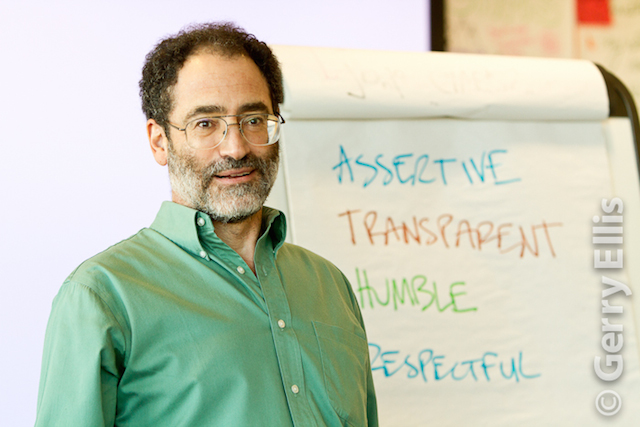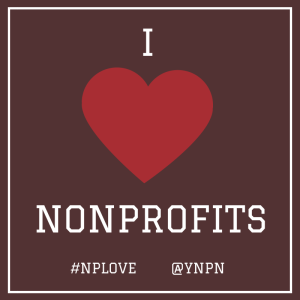22
201421
2014
Guest Post – Train your board. Raise more money.
This post is adapted from the new book, Train Your Board (and Everyone Else) to Raise Money by Andrea Kihlstedt and Andy Robinson, www.trainyourboard.com. No one is born knowing how to raise money, but like many other skills – sewing on a button, mastering a new app, driving a car – it’s a skill we can learn. With effective training and support, pretty much anyone can become a skilled fundraiser. That’s why we assembled our new book. Furthermore, you don’t have to be a professional facilitator to teach your board, volunteers, and staff members. Like fundraising, training others is a…
15
2014
The Ten Things Board Members Should Do to Help Nonprofits
co-authored by Dania Miwa & Jim Toscano We’ve written often about boards, board members and relationships in previous posts. See Ten Things Every Board Member Should Know and How Many Board Members Does it Take to Change a Lightbulb? Here’s the list to put up on the refrigerator when you accept a board membership. 1. Show Up, Follow Up. Lending a name to the Board list alone doesn’t work. Policy, budgets, plans and everything else are made by those who attend meetings regularly. Also remember that much of the thoughtful work happens between meetings. Showing up is part of it,…
12
2014
We Call Ourselves Something We’re Not – Ten New Names
The name “Nonprofit” has nothing really relevant to what our organizations really do. Clearly, we do not dispense profits to shareholders, but is that the real distinction we wish to make to distinguish ourselves from business? A side excursion to Roget’s under “nonprofit” yields, among others, “worthless” and “unsuccessful.” (Roget’s 21st Century Thesaurus, Third Edition Copyright © 2013 by the Philip Lief Group.) Or, more important, is this the name by which we really want to be known? If so, we can go back to the debates as to whether there should be a hyphen somewhere in the name. However, I…
03
2014
Are There Too Many Nonprofits, or Too Few?
We read and hear volumes about the growing number of nonprofit organizations, now approaching one million nationally, with consequent warnings of imminent disaster for many. The causes of the disaster vary, according to source of commentary. Competition for resources is big: there just isn’t enough charitable money to pay for it all. Too many groups asking foundations, corporations and individuals for much more than is available makes difficult choices. Then there is the claim of overlapping service or uncoordinated outreach, followed by lack of efficiency, thus reduced effectiveness. Underpaid staff almost exploited by mission and rapid turnover of personnel complete this analysis….
20
2014
I {Heart} Nonprofits
Reposted from YNPN.org Seriously, what’s not to love? Organizations working to make social change, fix big hairy problems and impact change, both locally and globally. Staff who dedicate their careers and purpose to a mission and to improve our world.Plus, of course, our volunteers and supporters, both in and out of the boardroom, who give away their time, talent and resources in support of what we do. It all adds up to a commitment, a values statement, an ideal.Again I say, what’s not to love?For me, growing up with two parents working for nonprofits, I never really even thought about it….
30
2014
Ten Essential Nonprofit Job Interview Question Areas
A Post from James V. Toscano Many questions that should be answered by finalists for a nonprofit position are never even asked. Given time, number of interviewers and the variation in job descriptions, there are still ten essential areas that should be woven into any interview session. These basic areas, or verbal variations thereof, should be covered with each candidate interviewed for consistency and comparison. Verbal answers should be noted, along with modes of expression and body language. All should contribute to the overall assessment of the candidates, along with such other factors as resume, experiences, references, compensation, potential and…
17
2014
The Seven Deadly Nonprofit Sins
A Post from James V. Toscano As it is the darker time of the year, it’s time to review the other side of our work. Certainly the satisfactions and successes of our sector are what keep us motivated and eager to get to work each morning, and will inevitably always be the case. Nevertheless, there are dysfunctions, negatives, hindrances of which we need to be aware and upon which we can continuously strive to improve. Not included are those illegalities and ethical lapses for which society has prescribed remedies. Our seven “sins” are those we need to deal with for…
09
2014
Guest Post: All Corporations Should Be a Benefit
Guest Post by Steve Boland, Next in Nonprofits Secretary of State Mark Ritchie joined a panel of experts to discuss proposed legislation (which he says will pass in 2014) to create a new class of business in Minnesota. The “public benefit corporation” allows for businesses with shareholders to set a community purpose as a primary business driver, abrogating the perceived risk of a shareholder lawsuit if the publicly held company chooses to emphasize social good over shareholder value – though of course the purpose of a benefit corporation may well be to achieve both things. Where nonprofit corporations must provide…
30
2013Nonprofit 2014: The Year Ahead
A Post from James V. Toscano Change for nonprofits is constant. Yet, the nonprofit world will see certain changes accelerate in 2014. A number of forces building over the last decade will reach tipping point and will come to dominate aspects of the sector. With nearly a million nonprofits, variation is enormous. What are focused on here are the modal factors that will have significant impact on the sector. We will list only ten, plus one speculation. There are many more, and your comments and additions will make this a much better attempt to characterize our sector in 2014. The…
